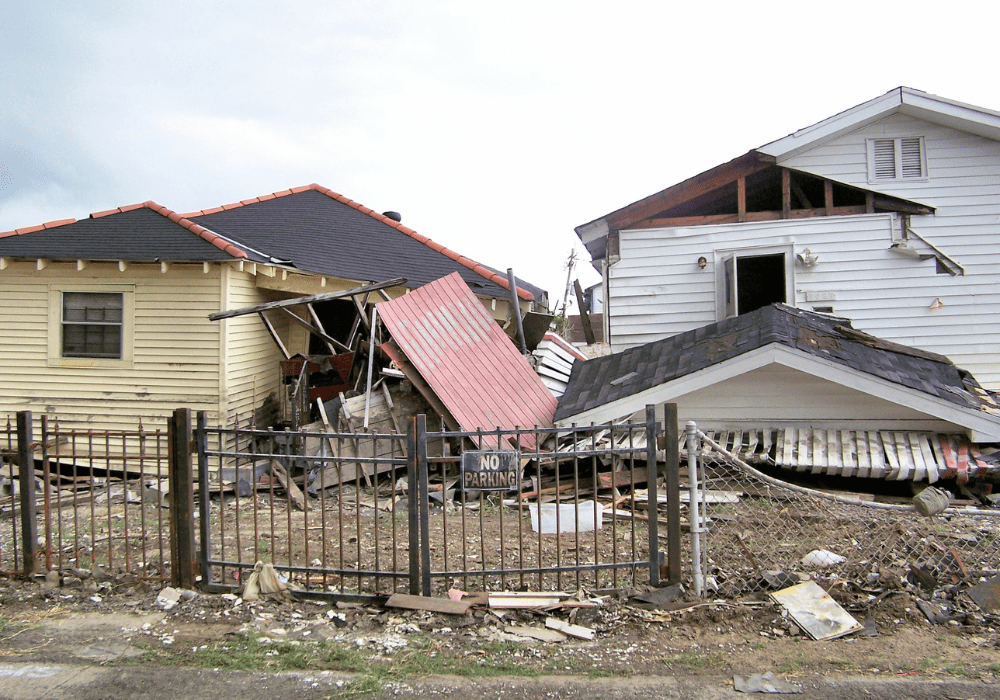
Dr. David Abramson, a Clinical Associate Professor at NYU’s School of Global Public Health and Director of the Population Impact, Recovery, and Resilience (PiR2) research program, delves into the prolonged challenges faced by individuals and families in achieving stable housing after Hurricane Katrina in his 2022 publication “Disasters, Displacement, and Housing Instability: Estimating Time to Stable Housing 13 Years after Hurricane Katrina”. Using data from the G-CAFH study and employing survival analysis, his research aims to shed light on the multifaceted factors influencing the recovery process.
Dr. Abramson emphasizes that the hurdles in securing permanent housing post-disaster are intensified by social, economic, and demographic factors. Structural elements such as race, income, homeownership status, age, and mental health contribute significantly to the complexity of the housing search. Notably, socially vulnerable groups experience heightened housing instability, which leads to frequent relocations and diminished resilience in various aspects of life.
The study introduces a novel perspective by examining the time-displaced residents’ need to find stable housing. The new approach marks a departure from the conventional focus on mere housing status. The analysis spans 13 years post-Katrina, highlighting the prolonged recovery process.
Drawing on data from the G-CAFH study, the research employs a comprehensive approach, considering individual and household-level factors, such as age, race, income, mental health, and social support. The survival analysis technique, particularly the Kaplan–Meier method, is used to estimate the median time to stable housing, providing valuable insights into the dynamics of recovery. The results highlight the significant impact of socio-demographic factors, such as income and homeownership status, on the time it takes for displaced individuals to attain stable housing.
The findings resonate with broader discussions on the effectiveness of disaster response policies, especially in the context of FEMA’s housing assistance programs. The study suggests that a more flexible approach is needed to accommodate variations in disaster intensity, population, and housing stock. Additionally, the research underscores the importance of social support as a protective factor, emphasizing its role in residents’ ability to secure stable housing.
This comprehensive analysis contributes to the understanding of the long-term consequences of disasters on housing stability and advocates for more nuanced and flexible policies to support the recovery of affected communities.
By Maya Capel
